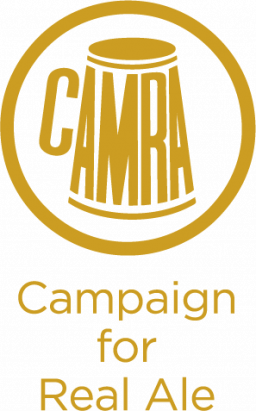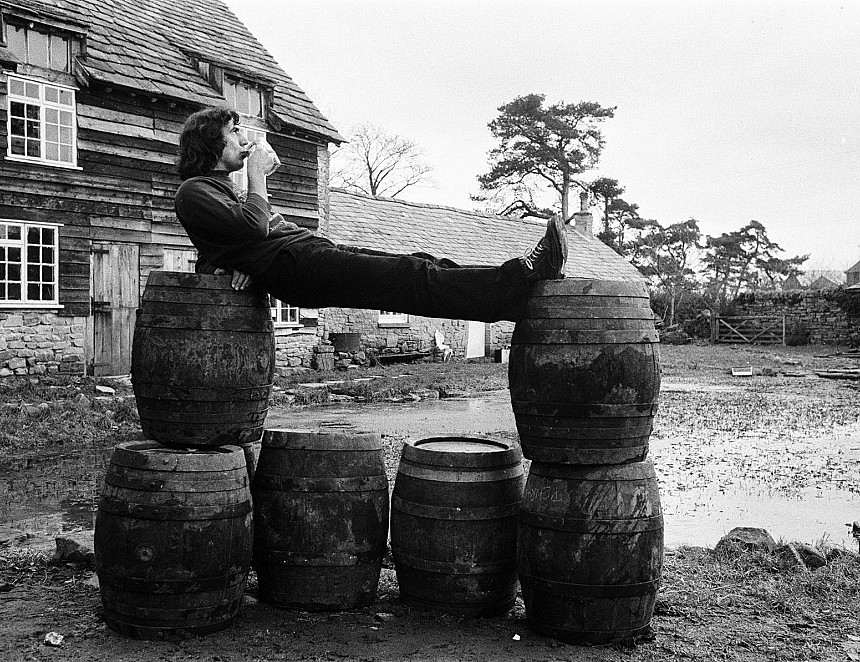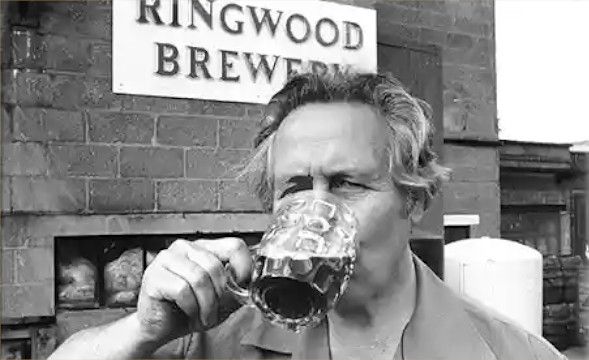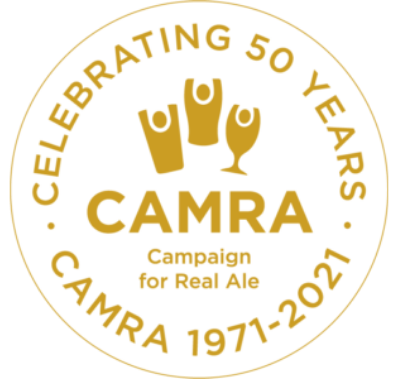The craft brewery revolution began in Europe
The craft beer revolution is here. It started in Britain in the early 1970s. A well-organised movement of professional brewers, beer lovers and a few pub owners was at work. The Campaign for Real Ale (CAMRA) wanted to save real ale, the kind that was drunk warm, drawn from the cask, low in carbonation, 100% malt and well hopped. By the turn of the 1970s, this good old ale was in danger. Local or regional breweries were being bought up one by one. The fashion is then for lager (standardized blond beer 4% alc.) tasteless, very sparkling and served iced. In Great Britain, the vast majority of pubs operate under licence from a brewery, which provides everything: beer, equipment, furniture, advertising, etc. When a regional brewery is taken over by a financial group, all its pubs come under the new banner. In 1970, the number of pubs serving good old-fashioned ale can be counted on one hand. The threat was real.
Founded in 1971, CAMRA would go on to reshape the British brewing landscape and, in time, the European brewing landscape. CAMRA's enthusiastic volunteers had a few simple ideas in mind that they would put into practice:
- Going back to the technical basics of brewing, learning to brew yourself, experimenting, testing, innovating. In short, to regain control of a food know-how that has been confiscated by agri-food companies that claim to be the only ones capable of brewing a good beer in a factory or a brewery lab. We are starting from a long way off. Today's craft brewers can't imagine how difficult it was to find a beer recipe in 1970, except by digging through history books or brewing courses reserved for students or brewing engineers. Difficult and tricky because the CAMRA's amateur brewers didn't want to make lagers or lager again.
- Moving on to practice. The support of former brewmasters was invaluable. Everything had to be invented for small-scale brewing: tanks, pumps, filters, coolers, stainless steel equipment salvaged from old dairies or breweries, etc. It was also necessary to set up supply circuits for malt, hops and yeast for modest brews and volumes compared to the thousands of tons purchased by the beer factories. Courage, intelligence and conviction prevailed.
- Create a business model. Brewing beer in the back of your garage is fine! Selling it and living off it, preferably all year round, is better.
By the end of the 1970s, CAMRA had become a powerful movement, shaking things up in Britain (over 10,000 members at the time, 150,000 by 2022). It did not endanger the agribusiness of beer. Mergers and takeovers of breweries continued. But in its corner, from microbrewery to microbrewery, pub to pub, CAMRA started a groundswell. The revival of craft brewing has been coupled with a viable business model. Beer lovers now know that lager is not inevitable. There are other tasty and different beers to drink. In fact, an infinite variety of beers, depending on the talent of this new generation of brewers.
Peter Austin, an active member of CAMRA, was also an inventive brewer. Formerly a brewer in Ringwood, he set up his first 'microbrewery' in an old bakery in 1977. Between 1980 and 1990 he helped set up some 140 craft breweries around the world: 40 in the UK, one in France, in China, Russia, Nigeria and even nearly 40 in the USA. In all, 17 countries. The wave of commercially viable craft breweries owes much to Peter Austin. He was not alone in blazing the trail. Other retired British brewmasters followed his example and trained hobbyists.
How did CAMRA cross the Channel?
At the beginning of the 1980s, a few European brewing apprentices went to England for training and returned with a package (knowing how to brew, knowing how to sell their beer) that they adapted to the habits and traditions of their respective countries. In 1985, the first French craft brewery was set up in Morlaix by two pioneers from Brittany, with the help of Peter Austin (Coreff). At the end of 1987, the "Micro-Brasserie" was opened in Paris (rue de Richelieu, 75009), the first of its kind in Paris (a beer bar brewing on-site its own Morgane beer) and the second in France after "Les 3 Brasseurs" in Lille.
How did CAMRA cross the Atlantic?
CAMRA remains a movement rooted in British soil and traditions. This is the reason for its vitality and longevity (50th anniversary in 2021). How do these new ideas cross the Atlantic? Thanks to talented British writers such as Michael Jackson and Roger Protz (members of CAMRA). In the 1970s, journalist Michael Jackson travelled the world in search of typical beers and published The World Guide To Beer in 1977. It is a beautiful, richly illustrated and annotated inventory of his finds in Europe, beers to which he adds styles: Abbey, Trappist, Weissbier, Altbier, Gueuze, Garde, ... His approach to presenting European beers was a publishing success and has been translated into 10 different languages. Especially in the USA, where "beer culture" was limited to pale, icy and bland lagers for barbecues. In 1989, Michael Jackson presented his Beer Hunter to an American audience unfamiliar with the brewing traditions of the Old World. Success confirmed. As the namesake of the famous American singer, his name now rhymes with craft beer in the United States[1].
The craft brewing wave was born on British soil: the ideas, the technical know-how for small-scale brewing, the organisation, the development and the historic success. 20 years after these early successes in Europe (1971-1991), the craft brewing revival has taken root on American soil.
Why do we read today that the craft beer revolution was born in the United States?
Because Michael Jackson is a quasi-naturalised American in the minds of American homebrewers. The same goes for Roger Protz. What they wrote and said became the American legacy of the Discovery Channel's "Beer Hunter". The first beer festivals and competitions were organised in the USA, using the beer styles defined by Michael Jackson. Since then, they have multiplied endlessly until they have become unreadable. The American editorial and commercial steamroller did the rest[2]. However, the American craft brewing industry deserves credit for its tremendous economic dynamism and hard-hitting marketing. Its financial resources are colossal compared with European movements. Some breweries have become industrial enterprises obeying the same rules as the American beer giants (capitalisation, takeovers, mergers, speculation on raw materials, vertical integration, etc.).
The true European (English) origins of this revolution are now buried in the archaeological layers of European beer history[3]. It is important to turn this history right side up. This exciting period in the contemporary history of beer in Europe has yet to be written.
[1] Passed away in 2007, Michael Jackson bequeathed all his archives (books, notes, films, ...) to the Brookes University of Oxford in Great Britain => brookes.ac.uk/beer-hunter/home
[2] A dizzying number of dissertations on the social phenomenon of "craft brewing" have been published on American campuses over the past decade, repeating the doxa: this movement was born in the USA!
[3] CAMRA's many objectives have blurred its historical contribution to the craft brewing revival. CAMRA also deals with cider and perry, two traditional British fermented drinks, the historical legacy of pubs and their legislation, consumer movements in Europe, etc. In addition, the Big Six (the 6 dominant brewing groups in the UK) were quick to respond to CAMRA, bringing back more distinctive beers than their lagers to their pubs. CAMRA's first successes were in narrowing the gap in quality, originality and taste between craft and industrial beers. In North America, that gap was huge in the 1990s, and it remains. This makes the novelty of craft beers more obvious to the American and Canadian public. So it's easy to believe that this "revolution" was born in North America!






